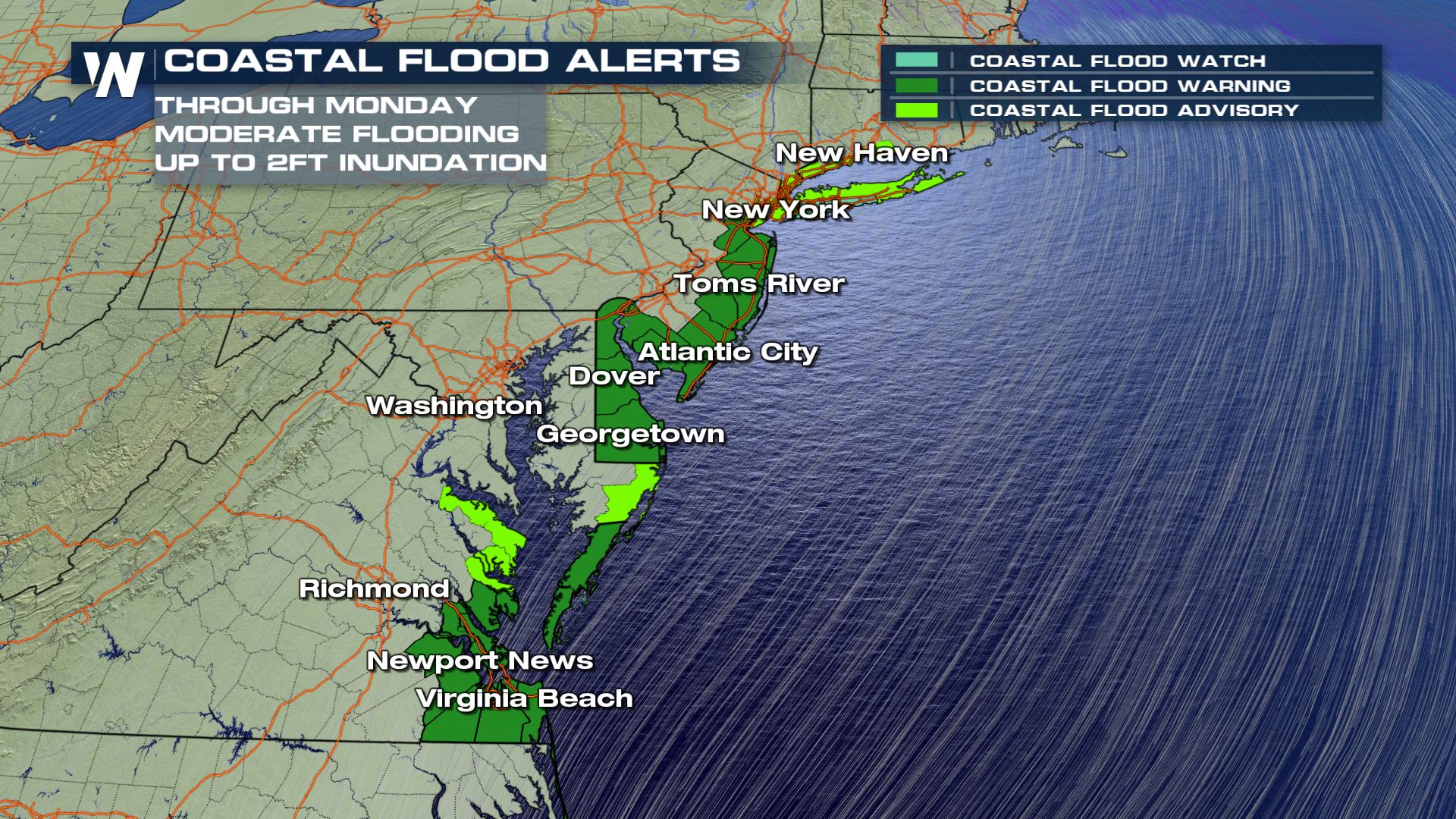With more than 10,000 miles of shoreline, Virginia’s coastal region is home to about 70 percent of the commonwealth’s population and much of its economic power, from the federal government centers of Northern Virginia to the the sprawling defense installations of Hampton Roads, where Naval Station Norfolk is the world’s largest naval base and enormous quantities of goods and resources like coal regularly transit the Port of Virginia.
The National Oceanic and Atmospheric Administration, using data from Virginia’s longest-operating tide gauge at Sewell’s Point in Norfolk, has found that the state has seen more than 18 inches of relative sea level rise in the past 100 years. Agency projections show that under the highest sea level rise scenarios, Sewell’s Point could see water levels rise by almost 6.7 feet by 2100.
OnAir Post: Virginia and Climate Change



